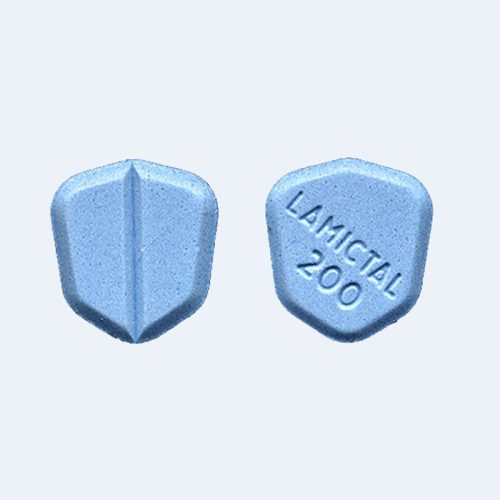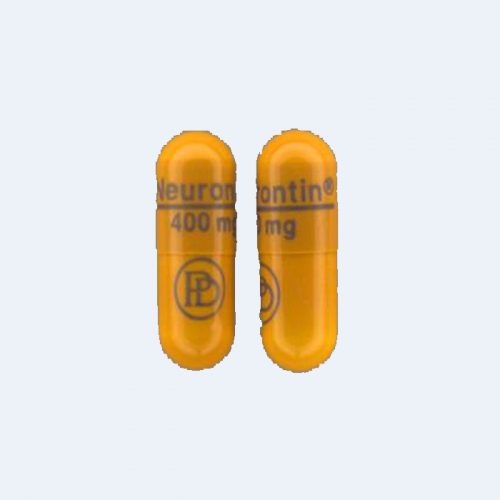Anticonvulsants
Anticonvulsants are the medications that work by reducing and preventing the frequency and severity of seizures in different epilepsy types.
They are available in diverse types, and they all act on different brain receptors.
Another difference is that all of these drugs may have different mechanisms of action.
For example, some of the most important mechanisms of anticonvulsants include inhibiting the sodium channel activity and enhancing GABA functions.
Besides, the intake of some anticonvulsants inhibits glutamate receptors and calcium channels.
It’s possible to find them in a variety of types, such as the following:
- Barbiturates and carbamates;
- AMPA-receptor antagonists;
- Carbonic anhydrase inhibitors;
- Benzodiazepines and dibenzazepines;
- Gamma aminobutyric acid analogs and reuptake inhibitors;
- Fatty-acid derivatives;
- Miscellaneous and hydantoin anticonvulsants;
- Succinimides and triazines;
- Oxazolidinediones and pyrrolidines;
- Neuronal-potassium channel openers.
The right type of anticonvulsants is prescribed only by doctors after examining their patients and based on their overall health.
Showing all 4 results




